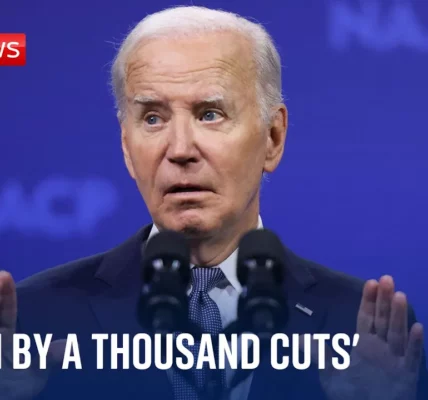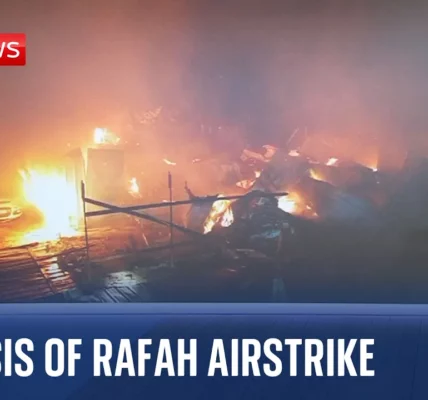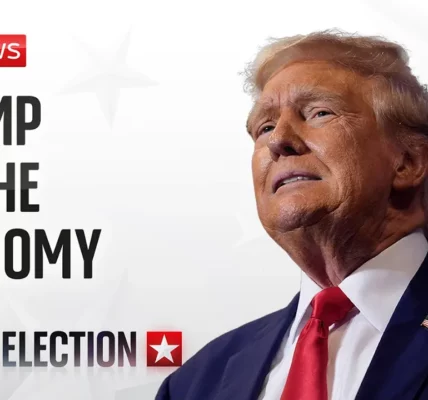Protests in Kenya: Unarmed Protesters Demand President Ruto’s Resignation

The streets of Nairobi are alive with the voices of unarmed protesters calling for change. As tensions escalate, citizens demand accountability from President William Ruto’s administration. This article delves into the current state of affairs, exploring the backgrounds and motivations behind these protests, the response from authorities, and the implications for Kenya’s future.
Introduction
The recent protests in Kenya have captured international attention as citizens express their frustrations over governance issues, economic hardship, and police brutality. With unarmed protesters facing off against riot police, the current events reflect a deepening divide between the government and the people. The cries for President William Ruto to resign resonate through the capital, highlighting the urgent need for change in a country that has long enjoyed a reputation for stability in the region.
The Context of the Protests
Kenya’s current unrest is rooted in various socio-political issues that have plagued the nation for years. As the economy struggles, citizens are increasingly vocal about their dissatisfaction with the government.
Economic Hardships
Many Kenyans are facing severe economic challenges, including high unemployment rates and inflation. The protesters articulate their desires for jobs and financial stability, which they believe are being hindered by governmental corruption and mismanagement.
Historical Background
The history of political strife in Kenya has set the stage for these protests. Past injustices and unfulfilled promises from elected officials have culminated in a growing demand for accountability.
The Nature of the Protests
The protests are characterized by a significant number of young people who are mobilizing against perceived injustices. Their call for President Ruto to resign is a clarion call for a new direction in leadership.
Demands of the Protesters
- Immediate resignation of President William Ruto
- End to police brutality and unlawful arrests
- Economic reforms to create jobs and reduce poverty
- Addressing corruption within the government
Methods of Protest
Protesters have utilized various methods to convey their message, including peaceful marches, social media campaigns, and public speeches. Despite their unarmed stance, they face violent reprisals from law enforcement.
Government Response
The Kenyan government’s response to the protests has been met with criticism, particularly regarding the use of excessive force by police. While the Constitution allows for peaceful demonstrations, the reality on the ground tells a different story.
Police Brutality
Reports indicate a significant number of arrests and instances of police violence against protesters. The Kenyan National Human Rights Commission has documented over 600 arrests since mid-June, raising concerns about human rights violations.
Public Opinion on Government Actions
Public sentiment is increasingly turning against the government as citizens witness the heavy-handed tactics employed by law enforcement. Many believe that the government’s approach will ultimately backfire, igniting further unrest.
The Future of Protests in Kenya
The spirit of change among the youth in Kenya is palpable. As they continue to take to the streets, the implications of these protests extend beyond immediate demands for President Ruto’s resignation.
Potential Outcomes
- Increased pressure on the government to implement reforms.
- A possible shift in political leadership if protests continue to gain momentum.
- Greater international scrutiny and potential involvement in Kenya’s political landscape.
The Role of Social Media
Social media plays a crucial role in organizing protests and sharing information. Activists are using platforms to raise awareness about the situation and mobilize support both locally and globally.
Conclusion
The protests in Kenya represent a significant moment in the nation’s history, reflecting the aspirations of young people demanding accountability and change. As the situation develops, the resolve of the protesters will be tested against the government’s response. It is crucial for citizens and observers alike to stay informed and engaged. We encourage you to follow our coverage on this issue and support efforts advocating for human rights and democratic governance in Kenya.
Explore our related articles for more insights on governance and human rights in Africa.
“`




